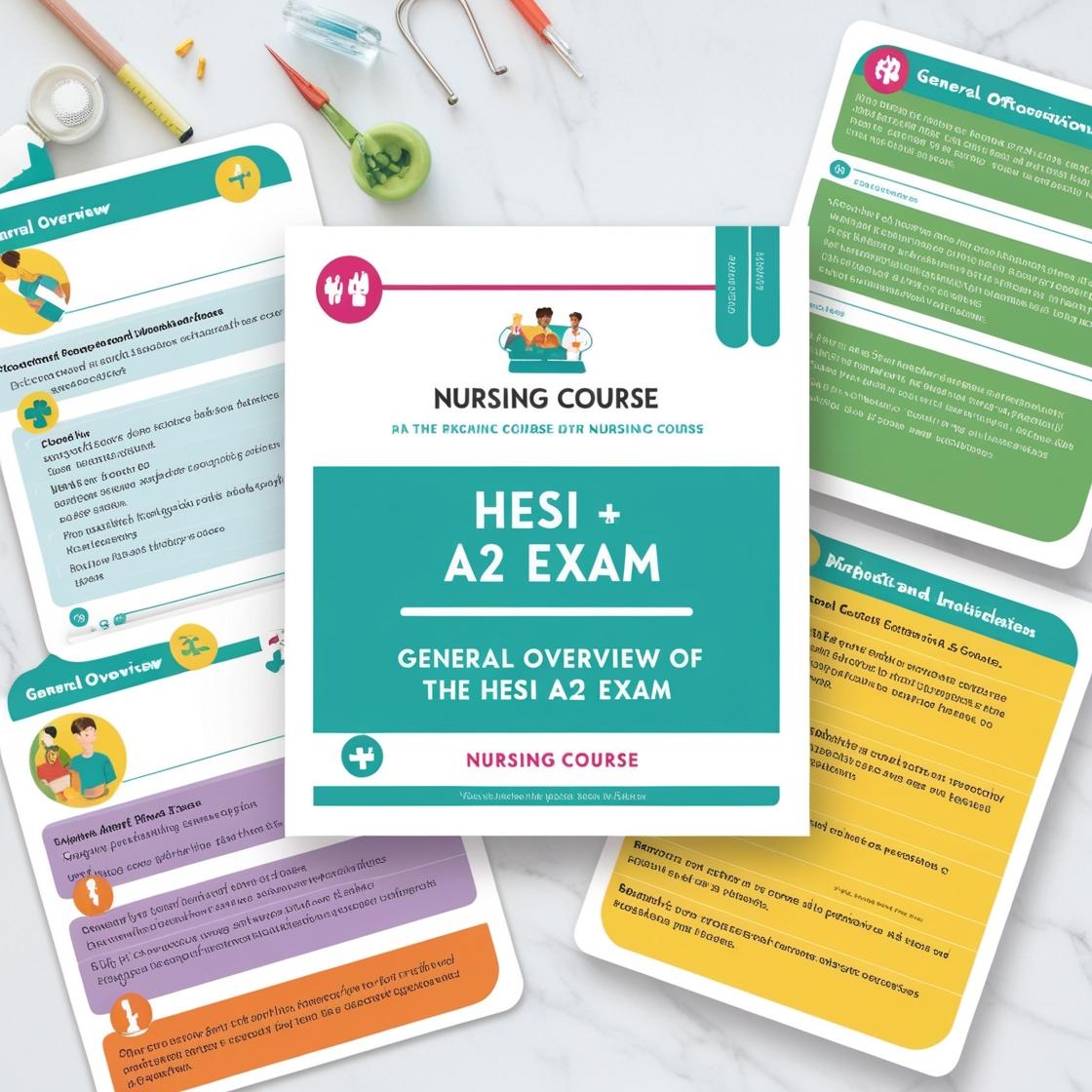HESI A2
HESI A2 Anatomy and Physiology Practice Test 2023
1. Which organ is responsible for filtering and cleaning the blood?
- A. Lungs
- B. Heart
- C. Kidneys
- D. Liver
Correct answer: C
Rationale: The correct answer is C: Kidneys. The kidneys are the organs responsible for filtering and cleaning the blood. They remove waste products, regulate electrolyte levels, and help maintain fluid balance in the body through the production of urine. The other choices are incorrect because: A) Lungs are primarily responsible for gas exchange, not blood filtration. B) The heart is responsible for pumping blood, not filtering it. D) The liver plays a role in detoxification and metabolism, but it is not primarily responsible for filtering and cleaning the blood.
2. What is the main function of the large intestine?
- A. Absorption of nutrients
- B. Absorption of water
- C. Secretion of digestive enzymes
- D. Breaking down fats
Correct answer: B
Rationale: The main function of the large intestine is the absorption of water and electrolytes from indigestible food residues, helping to form solid waste (feces) for elimination. It mainly reabsorbs water and compacts the remaining material into feces, playing a crucial role in maintaining fluid balance in the body. Choices A, C, and D are incorrect because absorption of nutrients primarily occurs in the small intestine, secretion of digestive enzymes mainly occurs in the stomach and small intestine, and breaking down fats primarily occurs in the small intestine with the help of bile from the liver and enzymes.
3. What is the main function of the lymphatic system?
- A. To transport oxygen
- B. To produce hormones
- C. To fight infections
- D. To transport nutrients
Correct answer: C
Rationale: The main function of the lymphatic system is to fight infections. It achieves this by filtering lymph, returning excess tissue fluid to the bloodstream, and aiding in the body's immune response. The lymphatic system is crucial in protecting the body against pathogens and maintaining overall health. Choices A, B, and D are incorrect because transporting oxygen, producing hormones, and transporting nutrients are functions performed by other systems in the body, like the respiratory, endocrine, and circulatory systems, respectively.
4. What is the primary role of the large intestine?
- A. To absorb nutrients
- B. To absorb water
- C. To break down food
- D. To secrete digestive enzymes
Correct answer: B
Rationale: The correct answer is B: To absorb water. The primary role of the large intestine is to absorb water from indigestible food matter. This absorption process helps in forming solid waste for excretion. Nutrient absorption primarily occurs in the small intestine, not the large intestine. Breaking down food and secreting digestive enzymes are functions primarily associated with the stomach and small intestine.
5. What is the function of the medulla oblongata in the brain?
- A. To control breathing and heart rate
- B. To regulate body temperature
- C. To coordinate voluntary movements
- D. To process sensory information
Correct answer: A
Rationale: The correct answer is A: To control breathing and heart rate. The medulla oblongata is a vital part of the brainstem responsible for regulating essential functions such as breathing, heart rate, and blood pressure. These functions are crucial for maintaining life, and the medulla oblongata plays a key role in ensuring the body's survival. Choices B, C, and D are incorrect because regulating body temperature is primarily controlled by the hypothalamus, coordinating voluntary movements is associated with the cerebellum and motor cortex, and processing sensory information is related to the thalamus and sensory cortex, not the medulla oblongata.
Similar Questions

Access More Features
HESI A2 Basic
$89/ 30 days
- 3,000 Questions with answers
- 30 days access @ $89
HESI A2 Premium
$129.99/ 90 days
- Actual HESI A 2 Questions
- 3,000 questions with answers
- 90 days access @ $129.99
